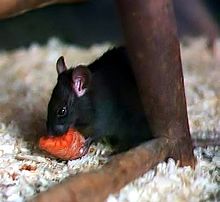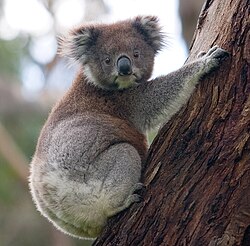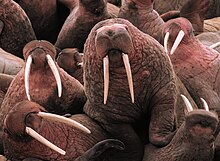The Pink Dolphin- It probably looks like the wimpiest animal you've ever seen. Yet this creature can pack quite a punch. It eats PIRANHAS! Now, we all know piranhas are the kings of eating. They can demolish COWS in seconds. The dolphins' secret weapon is a super-long snout and a very flexible body that helps it get the piranha as it attacks.
Other foods that pink dolphins indulge in is catfish, crabs, and even small turtles. While there is no proof of why these dolphins are pink, it is thought to be some kind of adaption to river water. They are known to become pinker when they are excited or surprised, which resembles blushing for humans.
Sadly, these beautiful creatures are endangered. The basins at the ends of the Amazon are becoming more populated, and this causes more pollution entering the river, which finally results in the accidental killing of the dolphins. Also, damming has limited habitat and mating territory.

















.jpg)




.jpg)















